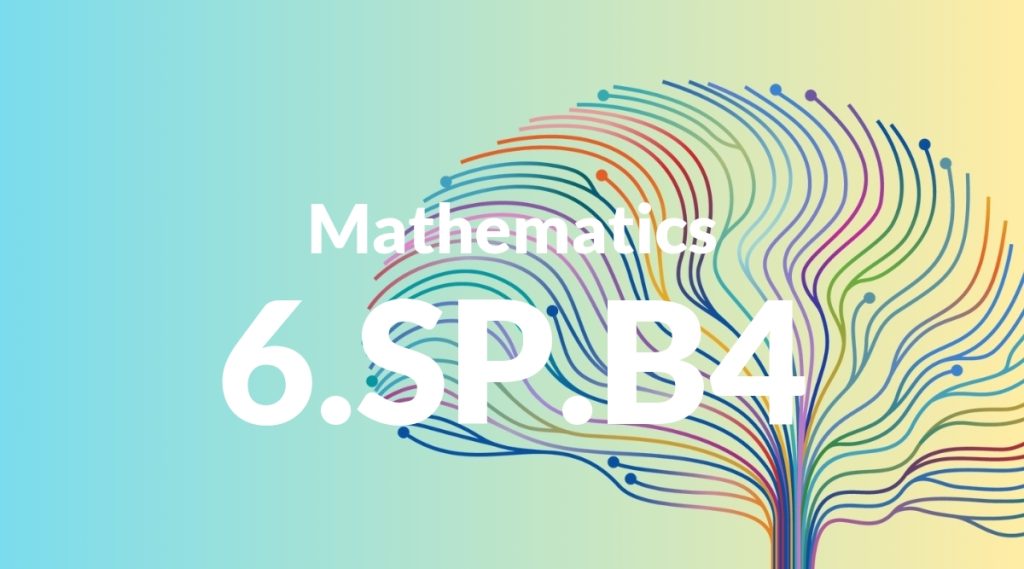Standard: 6.SP.B4 – Display numerical data in plots on a number line, including dot plots, histograms, and box plots.
Grade level: Grade 6
Subject: Mathematics
Domain: Statistics & Probability
Teacher Overview
This standard focuses on teaching students how to display numerical data using different types of plots on a number line. Understanding how to visualize data is crucial as it allows students to interpret and analyze information effectively, a skill that is vital across various subjects and real-life situations. Students need to be familiar with basic number lines and simple graph reading. They should also have a basic understanding of how to collect and organize data.
After mastering this standard, students will be able to interpret more complex data sets, understand statistical variability, and make inferences based on data visualizations.
Common Misconception 1
One common misconception is that students might think all data points must be evenly spaced on a number line. This is incorrect because the spacing should reflect the actual data values, not equal intervals.
Intervention 1
To address this, provide students with activities where they plot data with varying intervals. Emphasize that the spacing depends on the data values, not on having equal intervals.
Common Misconception 2
Another common misconception is confusing the different types of plots and their uses. Students might not understand when to use a dot plot versus a histogram or box plot.
Intervention 2
Use real-world examples to demonstrate the appropriate use of each plot type. Practice identifying the correct plot for different data sets to reinforce understanding.
Prerequisite Knowledge
Students should understand basic number lines, be able to read and interpret simple graphs, and have a foundational knowledge of data collection and organization.
Subsequent Knowledge
Students will develop skills in interpreting more complex data sets, understanding statistical variability, and making inferences based on data visualizations.
Instructional Activities
- Create dot plots using class survey data
- Construct histograms with data from a science experiment
- Analyze box plots of students’ test scores




